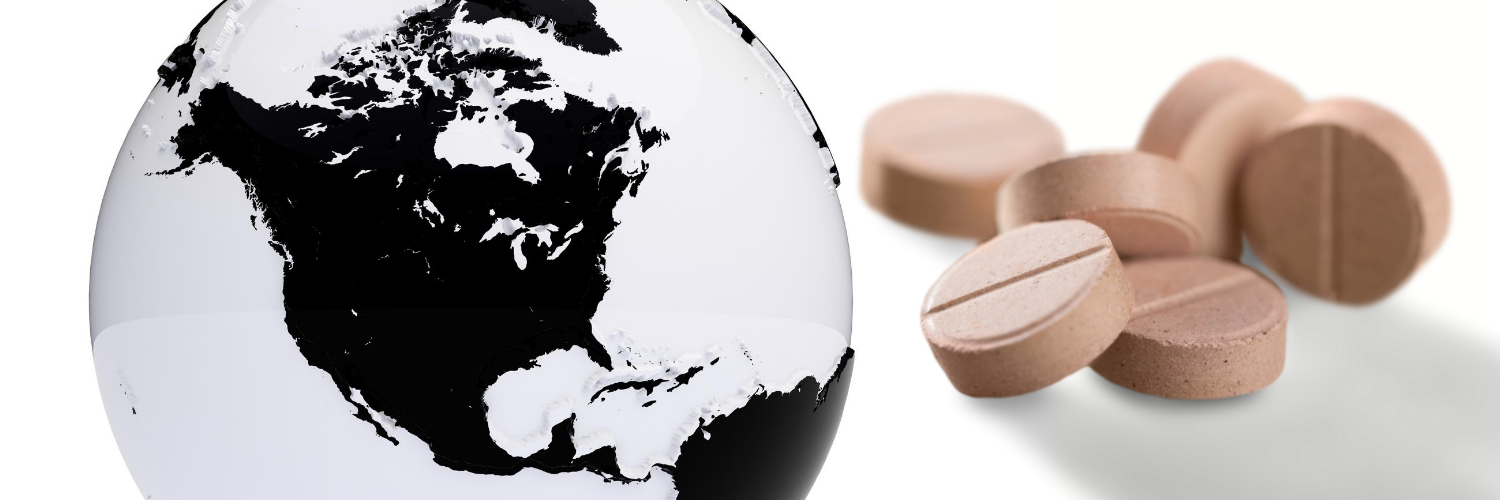What is Medicare Catastrophic Coverage?

“Catastrophic” health coverage never had the best branding. It is, as its title suggests, available and helpful only in the case of true catastrophes. Ostensibly, catastrophic coverage should be used only rarely — in the event of a major destructive life event like a cancer diagnosis or a car accident. Isn’t it ironic, then, that Medicare Part D catastrophic coverage includes an increasing portion of Medicare Part D enrollees?
According to an analysis published by the Kaiser Family Foundation in July, the year 2019 saw 1.5 million Medicare Part D enrollees spend above the catastrophic coverage threshold. Over a ten-year period (from 2010 to 2019), 3 million Medicare Part D beneficiaries spent at least one year in catastrophic coverage.
What is Medicare Part D catastrophic coverage?
Medicare Part D has four coverage stages: meeting the deductible, initial coverage, the coverage gap (also called “the donut hole”), and catastrophic coverage. The stages are as follows:
Meeting the deductible:
Enrollees pay full price for medications until they meet their deductible, which will vary according to the individual Medicare plan. Some Medicare plans do not have deductibles! Medicare does limit deductibles, though: As of 2021, your yearly deductible cannot exceed $445.
Initial coverage:
During initial coverage, enrollees pay copayments for drugs purchased. Copays will vary according to your drug coverage — various tiers on your drug formulary determine what percentage of the price your drug plan will cover — and the list price of the drug.
The coverage gap:
Once you and your plan pay $4,130 for medications, you reach the “coverage gap,” aka the liminal space between initial coverage and catastrophic coverage. The coverage gap does offer some coverage: You will pay no more than 25% on medications while in the coverage gap. This does not mean the coverage gap is functional! Politicians and enrollees alike have deemed the “donut hole” an issue, especially because more and more Medicare Part D enrollees eventually enter it.
Catastrophic coverage: Enrollees enter catastrophic coverage after having paid $6,550 on medications. Once again, this number includes some costs that your drug plan covered. During catastrophic coverage, you are required to pay only 5% of the total drug costs unless you qualify for Part D Low-Income Subsidies.
I thought the Medicare donut hole closed! Why does it still exist?
The Affordable Care Act pledged to close the donut hole by 2020. The finer print is that the coverage gap was always going to “close” with those on Medicare paying 25% of overall costs while in the donut hole — where we are now. Before the ACA, the donut hole saw enrollees paying 100% of the cost of medication coverage. Climbing out of the donut hole also used to be a more difficult task: Enrollees were expected to meet “catastrophic” coverage with just their own out-of-pocket costs. Today, drug discounts offered by manufacturers also go toward meeting the $6,550 threshold. This minor modification is meant to help beneficiaries climb out of the hole.
The additional fine print is that, though Medicare offers 75% coverage in the gap (while you pay the other 25%), the gap itself has widened. Thus, you may spend more time in the gap than you might have in previous years. No, the Medicare donut hole never “closed,” per se. It just got more comfortable.
Related: The Medicare donut hole closed. Will the coverage gap closing actually save enrollees money?
Can I exceed spending in catastrophic coverage?
You will only pay 5% of the total cost of a drug while in the catastrophic coverage phase, a limit that can greatly reduce the co-payments for expensive brand-name drugs.
You cannot exceed spending once you’ve reached catastrophic coverage. This kind of health insurance is a way of letting you, the consumer, kick back on your heels a bit. Basically: You’ve spent so much of your income on drugs this year; why don’t you sit back and let us take care of it until the new year?
How are seniors dealing with Medicare Part D coverage?
Is “not well” an acceptable answer? Medicare Part D is a mercurial beast, to say the least, and seniors — the demographic most likely to use multiple medications on a daily basis — frequently run into roadblocks.
Why does it matter that more and more seniors are entering the catastrophic coverage phase?
Entering the catastrophic coverage phase means you’ve spent a whole lot of money on drugs in one year. The more expensive drugs get, the more we push people out of the donut hole and into catastrophic coverage. This relatively comprehensive coverage is a good thing for seniors — it’s much cheaper to be in catastrophic than it is to be in the donut hole! — but it is a harbinger of drug pricing malcontent. Drugs are getting more expensive. People are spending too much money on them. Objectively, this is bad.
Are drugs still expensive in catastrophic coverage?
You still have to pay for part of your medication — just not as much as you would during the gap in coverage, or if you were uninsured completely. During the catastrophic coverage phase, you will only ever pay 5% of the drug’s overall cost. For example, if you’re buying a 30-day supply of Janumet (sitagliptin), which averages $602.51 for 30 tablets, per the drug pricing website GoodRx, you would pay 5% of the $600 (and change) the drug actually costs. In this case, the out-of-pocket cost would be $30. This is much cheaper than the 25% ($150 for Janumet) you would be responsible for in the coverage gap. Still, 5% can be expensive, especially for premium drugs.
How are people using international online pharmacies to fill in the coverage gap?
The coverage gap can leave you in the lurch. As discussed above, a routine medication like sitagliptin (for type 2 diabetes) can be as much as $150 per month in the coverage gap. Seniors may use PharmacyChecker to compare prices at international pharmacies to find medications for much cheaper than they would under the donut hole coverage. (Reminder: the donut hole covers 75% of medication costs.) If we’re flying with the sitagliptin example, an international pharmacy could charge as little as $0.52 per pill — or just over $15 for 30 pills. That is one-tenth the cos the drug would be under the donut hole!
Take it from Nancy, who reviewed PharmacyChecker on SiteJabber in February of 2020:
I check PharmacyChecker frequently to discover prices at legitimate Canadian pharmacies that are lower than what I can get at U.S. pharmacies even with my Medicare Part D.”
Do Canadian pharmacies accept Medicare?
Canadian pharmacies do not accept any kind of U.S. insurance. Purchasing from Canadian pharmacies is still a cost-cutting measure because, incidentally, paying in cash at international pharmacies is frequently less costly than paying a copay at a U.S. pharmacy.
Can I use drug discount coupons on Medicare?
You cannot use drug discount coupons from private companies while on Medicare. This is the result of the anti-kickback statute, a law meant to ensure drug companies aren’t forcing the federal government (which funds Medicare) to spend money on them. It’s a hairy law, one that seems to hurt seniors more than it restricts the umbrage of drug companies. Read more about it here.
What is the Medicare Catastrophic Coverage Act?
The Medicare Catastrophic Coverage Act was a 1988 law meant to establish catastrophic coverage for those on Medicare. Among other cost-cutting measures, it set limits on out-of-pocket costs for seniors on Medicare and, most importantly, established coverage for outpatient prescription drugs. The act was controversial because it asked seniors to pay a tax — an “annual supplemental Medicare premium on individuals who are eligible for benefits under part A of the Medicare program for more than six full months in a taxable year and whose tax liability equals or exceeds $150” — for their own catastrophic coverage. Seniors opposed the bill on the grounds that it was too expensive. In 1989, just a year and a half after passing the bill, Congress repealed the Catastrophic Coverage Act.



